Implementing barcode systems ensures accurate tracking, reducing the risk of errors in product counts. Automated reorder alerts prevent stockouts and overstock situations and optimize inventory turnover. Sales strategies, such as offering discounts, promotions, or bundling, can help reduce dead stock items. To implement this strategy effectively, businesses should understand consumer demand and offer promotions on specific products that are not selling as expected.
- Bad inventory management refers to the inefficient control and monitoring of a company’s stock.
- This proactive approach enables businesses to respond swiftly to changes in customer demand, ensuring a more efficient and cost‑effective inventory management system.
- Failing to plan the inventory beforehand is the main root problem of having surplus inventory.
- With accurate real-time reporting accessible 24/7, anytime, from anywhere, companies can forecast their customers’ future behavior and order accordingly to meet customer demand without exceeding their budget.
- Monitoring inventory levels in real-time can help businesses identify when inventory levels are low and prevent negative inventory.
How to Identify and Avoid Obsolete Inventory
An ending inventory balance is reported as a current asset on the balance sheet at the end of an accounting period. Inventory write-downs can cause an increase in COGS and a decrease in gross profit, which is why it is advisable to plan ahead and find ways to maintain optimal inventory levels to meet demand. But, https://www.aksionbkg.com/news/429 adding the write-off amount to the COGS account can create a misleading picture of your businesses’ gross margin, since there is no matching journal entry for the revenue secured by the sale of the SKU. For example, a company that sells mobile phones had inventory worth $10,000 in the beginning of the year.
Offer Product Bundles
Retailers of all sizes are looking for easy-to-use, mobile, affordable, secure, and rapidly deployable asset tracking systems. They need a reliable method to track the thousands of inventory items that move through their location(s)/warehouses daily. We leverage the cloud and free mobile apps to help retailers get the information they need about their inventory. Our retail and small business clients know where their inventory is, who has what, and its condition. The key to managing inventory levels is to have visibility to inventory trends.
Latest tips to improve ecommerce logistics
As we know, the traditional sales forecast approach looks at historic trends in sales of a group of products (or a store) to determine the inventory strategy for the coming year. Scaling traditional methods of inventory management becomes especially problematic as a business grows and adds additional channels. The trouble with this approach is that there are too many year-to-year fluctuations which lead to inconsistent inventory levels across the business. Typically, a higher turnover rate is better, as this means you are bringing in inventory that is in-demand and selling it quickly. Knowing the lead times of your suppliers can help you make more accurate inventory orders. However, even your suppliers may be waiting on the lead time of their own suppliers, so it can be hard to gauge an exact lead time.
Learners are advised to conduct additional research to ensure that courses and other credentials pursued meet their personal, professional, and financial goals. Once inventory becomes obsolete, your options for disposal become very limited so catching an inventory problem when it still has some value is very important. In the above example, trends indicate higher usage in 2018 (good news) but a lower usage in the https://ref-online.ru/sony-%d0%bd%d0%b0%d0%bc%d0%b5%d1%80%d0%b5%d0%bd%d0%b0-%d1%81%d0%be%d0%b7%d0%b4%d0%b0%d1%82%d1%8c-%d1%81%d0%be%d0%b1%d1%81%d1%82%d0%b2%d0%b5%d0%bd%d0%bd%d1%8b%d0%b9-%d0%b1%d0%b5%d1%81%d0%bf%d0%b8%d0%bb/ latest three months (potentially bad news). The second example of Item AB124, with the same Quarter on Hand (QOH) and total usage, tells a completely different story. “Months on Hand” is just over three months and usage/sales are increasing which gives a much different outlook. Read about why people often make multiple mistakes while managing inventory and the potential consequences that may arise as a result.
To figure out which stock is slow-moving, you should look at your historical sales data. Many experts recommend having at least six months’ worth of data to determine slow-moving items. According to Katana, dead stock can cost businesses as much as 11% of their revenue. Dead stock is inventory that has http://dark-city.ru/05/65-articles/1511-ancientrites.html become unsellable and is expensive to store. Along with inventory management, having visibility over your inventory at all times is key. Without inventory visibility, it will be hard to understand how much of each product you need to restock and when (and what product(s) might be worth discontinuing).
The market for a particular product or material can change rapidly, and businesses may find themselves with excess inventory if they are unable to adapt to these changes. For instance, if a business is producing a product that becomes obsolete or is replaced by a newer, more popular product, it may have difficulty selling its excess inventory. For instance, if you order too much of a particular product and you aren’t able to sell it within the intended time frame, it could be at risk of expiring, leading to wastage. Additionally, you will have to continue to pay the fees involved in storing those items.


